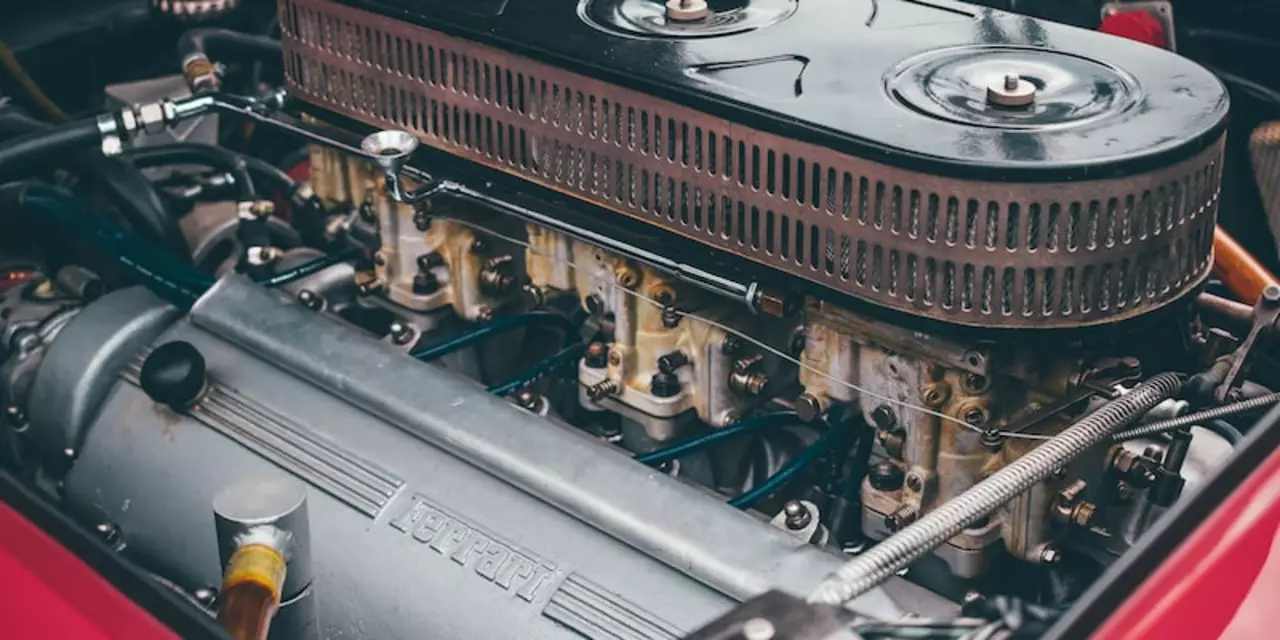Motorsports Software: The Tools Race Engineers Use Every Day
If you’ve ever wondered how a race car gets tuned to perfection, the answer lies in the software on the engineer’s laptop. Modern motorsport teams rely on a handful of powerful programs to turn raw data into speed. Below we break down the most common tools, what they do, and how they fit into a typical race weekend.
Data Crunching with MATLAB and Simulink
MATLAB is the go‑to for data analysis. Engineers import telemetry, apply filters, and spot trends that aren’t obvious on a screen. Need to test a hypothesis fast? Simulink, the visual counterpart to MATLAB, lets you build a model of the car’s dynamics and run simulations in minutes. Together they help teams answer questions like, “What if we change the suspension stiffness?” without ever leaving the garage.
Vehicle Dynamics with CarSim and RaceLogic
CarSim focuses on the physics of the whole vehicle. By feeding the car’s mass, engine curve, and tire data into CarSim, engineers can predict lap times for different setups. RaceLogic, on the other hand, records every sensor during a session and tags it with video. When you replay a corner with RaceLogic, you see the exact throttle position, wheel speed, and G‑force at each instant.
Other handy apps include RaceRender for video overlay and RaceChrono for precise lap timing. These programs aren’t just for the pros – hobbyists can also download trial versions and get a feel for how data drives decisions.
So, how does a typical workday look? After a test run, the engineer pulls the CSV files into MATLAB, runs a script to clean up noise, and plots throttle versus speed. The graph highlights any spikes that suggest a slip or a sensor glitch. Next, they open Simulink, tweak the suspension model, and run a quick simulation to see the effect on handling. If the numbers look promising, they update CarSim with the new parameters and generate a predicted lap time. Finally, they compare that prediction with the real lap recorded by RaceLogic to see if the theory matches reality.
This loop – collect, analyse, simulate, test – happens dozens of times over a race weekend. The faster the software can process data, the quicker the team can make a change. That’s why most top teams use a mix of MATLAB for deep analysis and Simulink for rapid prototyping.
What about budget? While MATLAB and Simulink are premium tools, there are free alternatives like Python with NumPy and OpenModelica that mimic many of the same functions. For smaller clubs, starting with those open‑source options can still give a competitive edge.
In short, motorsports software turns raw numbers into actionable tweaks that shave tenths of a second off lap times. Whether you’re a seasoned engineer or a weekend racer, getting comfortable with these programs will make you see the track in a whole new way.
Race engineers make use of a range of software tools to analyse and prepare cars for the motorsport racing environment. These tools allow the engineers to gain insights into the performance of the race car, identify areas of improvement, and make informed decisions on setup changes. Some of the most popular software tools used include Simulink for model-based design, MATLAB for data analysis, and CarSim for vehicle dynamics modelling. Race engineers also use a variety of software applications to manage and monitor race data, such as RaceLogic for logging and analysis, RaceRender for video and data analysis, and RaceChrono for lap timing. Ultimately, the software tools used by race engineers help ensure that race cars are performing at their best and give teams an edge in the competitive motorsport landscape.


